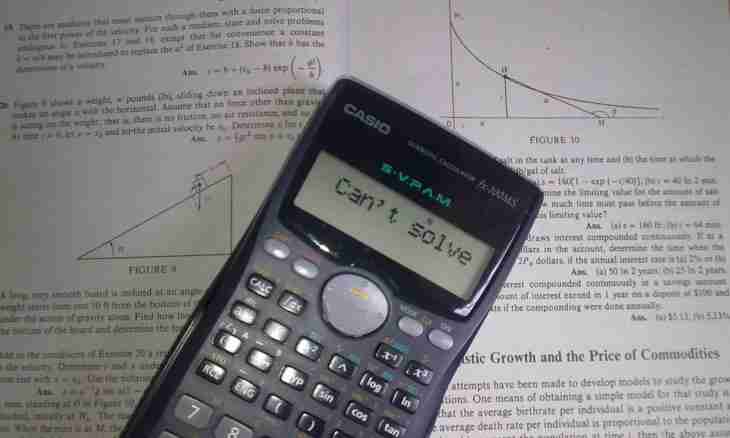During course of reactions some substances turn into others, changing at the same time the players. Thus, "initial concentration" are concentration of substances prior to course of chemical reaction, that is their transformation into other substances. Certainly, such transformation is followed by reduction of their quantity. Respectively, also concentration of initial substances decrease, up to zero values – if reaction leaked up to the end, is irreversible, and components were taken in equivalent quantities.
Instruction
1. Let's assume, the following task is set for you. Certain chemical reaction during which the initial substances accepted as And yes B, turned into products, for example, conditionally In and proceeded. That is reaction took place according to the following scheme: And + B = In +. At concentration of substance B of equal 0.05 mol/l, and substances G - 0.02 mol/l, a certain chemical balance was established. It is necessary to define what initial concentration of substances A0 and B0, if the constant of balance Kr is equal to an indicator 0.04?
2. For the solution of an objective take equilibrium concentration of substance A for the size "x", and concentration of substance B for "y". And also remember that the constant of balance Kr is estimated on the following formula: [C] [D] / [A] [B].
3. During the decision receive the following calculations: 0.04 = 0.02y/0.05x. That is by the simplest calculations you receive that y = 0.1x.
4. Now once again attentively look at the above-stated equation of chemical reaction. Follows from it that from one of substances A and B it was formed on one I ask substances B and G. Proceeding their it, initial molar concentration of substance A can be presented as follows: A0 = x + 0.02 A0 = x + y
5. Remember that the size "y" as you just defined, is equal the indicator has nobody 0.1x. Transforming these equations further, you receive: x + 0.02 = 1.1 x. It follows from this that x = 0.2 mol/l, and then initial concentration [A0] is equal to 0.2 + 0.02 = 0.22 mol/l.
6. And how to be with substance B? Its initial concentration of B0 is much more simply. For definition to equilibrium concentration of this substance it is necessary to add equilibrium concentration of product substance G. That is [B0] = 0.05 + 0.02 = 0.07 mol/l. The answer will be is as follows: [A0] = 0.22 mol/l., [B0] = 0.07 mol/l. The objective is solved.

